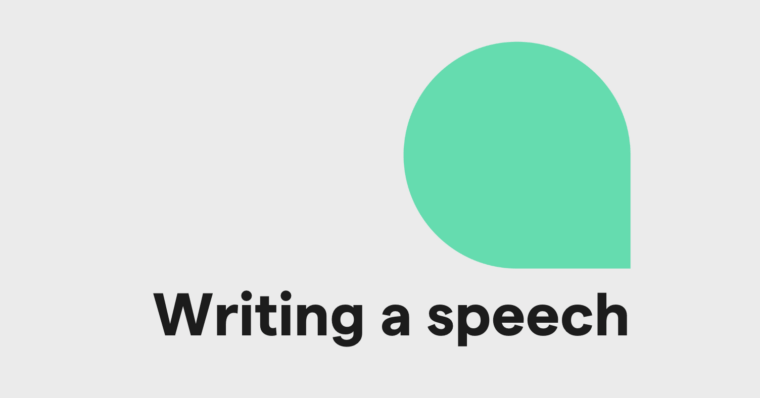
When writer’s block strikes, your productivity comes to a grinding halt. It eats away at your mental faculties, rendering you unable to form, process, and write down words.
Whenever writer’s block has struck you in the past, you might’ve used some kind of creative trick to get those linguistic juices flowing once again, such as meditating or taking a walk around the block. But what happens when writer’s block strikes at work and you won’t meet your deadline unless you overcome it?
If you’re facing writer’s block while working on a project at your job—whether it’s a proposal, report, whitepaper, presentation, or even just an email—you need to have a list of go-to strategies that can help you bulldoze the barrier.
It’s important to note that, psychologically speaking, writer’s block isn’t always a consequence of being uninspired. Rather, it’s a consequence of writing being a challenging mental activity that involves experimentation, careful thought, and hard-core cognitive effort.
Especially at work, writer’s block can also stem from external pressure, like meeting deadlines or landing a client. So how do you overcome this common obstacle and banish writer’s block at work?
The writer Jack London once said, “You can’t wait for inspiration. You have to go after it with a club.” If your performance depends on your writing, here are 3 foolproof ways to clobber writer’s block at work.
1 Write until it’s good.
One of the main stoppers of free-flowing writing is being self-critical. You write one sentence, read it back, and despise what you’ve written. This endless cycle usually results in you not writing at all, and at work, this can’t happen. Instead, take the approach of writing until what you’ve written is good. This means no editing. Write as many words as you can without using the ‘backspace’ key once. Simply write, write more, and don’t reread it until you’re finished (this is also known as “free writing.”) Eventually, what you’ve written will transform from bad to good, and it’ll feel great to have plenty of words down on the page that you can then revise.
>>READ MORE: 5 Steps in the Writing Process
2 Skip the introduction.
Everyone—and I mean everyone—gets stuck on introductions. Our brains work in chronology, which is why the beginning of whatever you’re writing matters so much. The introduction gives your writing a clear starting point, which helps us process the ensuing information. Especially if you’re writing something like a sales email or a case study, you know how much impact the first few sentences can have. Rather than slogging away at the opening sentences for hours, just skip them. Write your conclusion instead. It’ll be much easier to write the start of your piece when you know what the rest of the content is about.
>>READ MORE: 6 Tips to Edit Your Own Writing
3 Talk it through.
Your colleagues, or even your friends, can be invaluable in the battle against writer’s block. When you’re really stuck, ask for ten minutes of your colleague’s time and have a conversation about your project. Tell them what you want to communicate and discuss the details of the project’s scope. Chances are, the simple act of talking through your concepts or ideas will breed clarity. Plus, your listener may provide a new perspective on what you’re working on, which can re-energize your task.
When your success at work depends on well-written content, it can feel overwhelming to generate anything of value. With these three strategies, you can break down the walls and meet your work deadlines in one fell swoop. And remember: you overcome writer’s block by writing.






